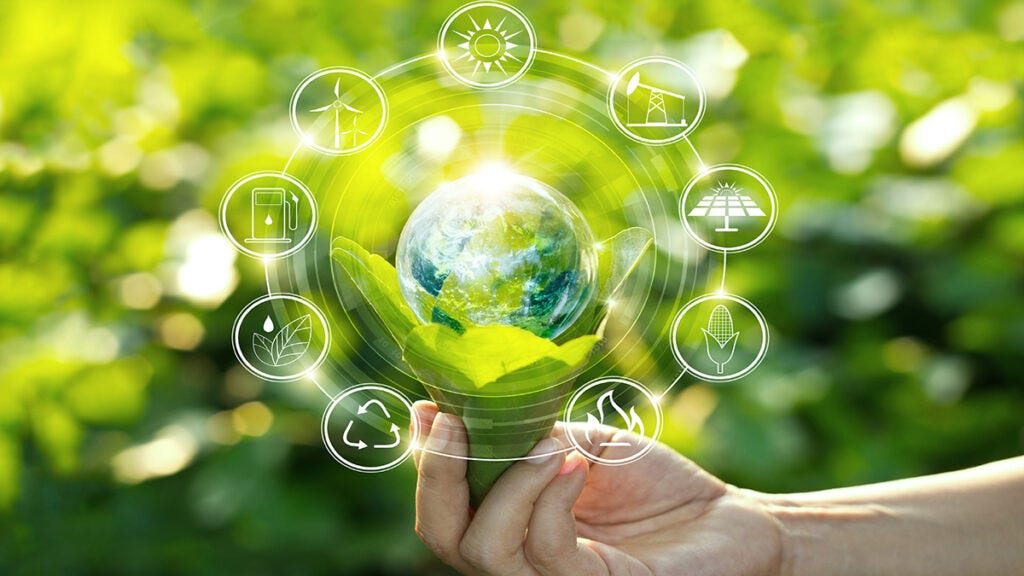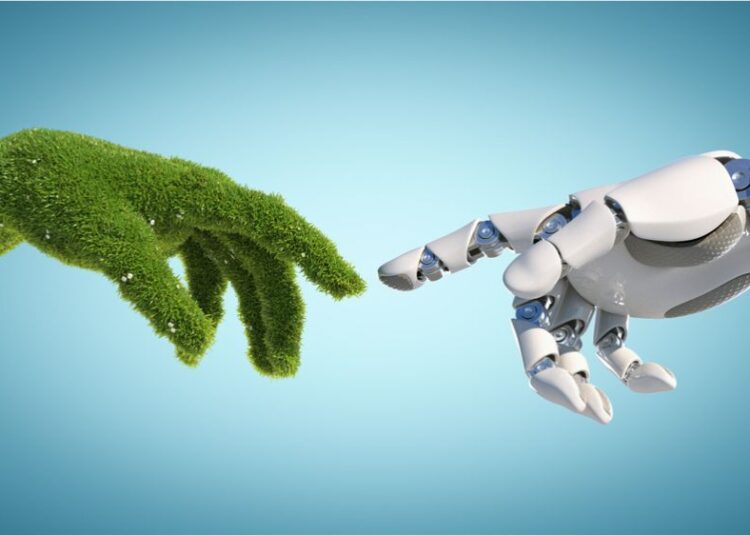The Need for a Greener Tomorrow
With global warming, pollution, and resource depletion, technology has moved beyond being a convenience tool—it is the world’s deliverance. With increasingly more global environmental challenges emerging, green technology innovations are struggling for a greener, cleaner, low-carbon world.
What is Green Technology
One, green technology is sustainable innovation intended to minimize environmental degradation. The solutions are engineered to lower emissions, conserve resources, and develop cleaner substitutes in nearly all industries—energy and transport to farming and manufacturing.
1. Renewable Energy Breakthroughs
Above all else, renewable energy has seen dramatic breakthroughs. Solar panels become more efficient and less expensive, and wind turbines deliver greater levels of output than ever before.
- Perovskite solar cells get better and cheaper to manufacture.
- Offshore wind turbines are increasing in number, giving cleaner energy to cities.
- Battery packs in the home like Tesla Powerwall capture sun power for safe, independent electricity.
All these advances ease the move from fossil fuels by governments and individuals.

2. Sustainable Transportation Solutions
Second, the transport sector is also witnessing a green revolution. Electric vehicles (EVs) are the order of the day now, and hydrogen fuel cars and e-bikes are gaining popularity in cities worldwide.
- Automakers are investing billions of dollars in EV infrastructure and fast-charging networks.
- Public transportation systems are shifting to electric buses and hybrid trains.
- Companies like Hyperloop are experimenting with zero-emission high-speed transportation.
As a result, carbon emissions from transport will plummet over the next decade.
3. Smart Cities & Energy Efficiency
Besides, the smart city technology innovation enables cities to optimize energy use, reduce wastage, and promote more sustainable lifestyles.
- Smart grids facilitate real-time matching of energy supply and demand.
- Smart streetlights conserve energy using sensors to switch lights on when there is activity.
- Green buildings make use of AI to manage lighting, heating, and ventilation depending on occupancy and weather.
All of these innovations enrich our urban life and decrease our impact on the planet.
4. Clean Agriculture & Food Tech
Green technology is also changing the way agriculture works, which is one of the major sources of greenhouse gases.
- Vertical farming is land and water efficient and improves yield.
- Drones and AI streamline crop care and lower pesticide usage.
- Lab-grown meat offers a sustainable alternative to traditional livestock farming.
Consequently, we’re witnessing a shift toward sustainable food systems that nourish people without harming the planet.

5. Waste Reduction and Circular Economy
Finally, technology is helping us make the shift to a circular from a linear economy, where products are recycled, reused, and regenerated.
- Machine learning-powered sorting machines optimize recycling efficiency.
- Biodegradable packaging replaces plastics and steps in where textiles are involved.
- Garbage-to-energy facilities convert trash into useful energy.
They reduce waste sent to landfills and extend the life of valuable resources.
A Greener Path Forward
Short answer, green technology is no longer tomorrow’s aspirational dream—but today’s imperative. As they continue to evolve and innovate, these breakthroughs hold out hope that perhaps we can restore the environment and create a cleaner, brighter, more sustainable future.
By funding green tech—voluntarily, through investment, or through policy—everyone makes technology a superpower of environmental healing.







